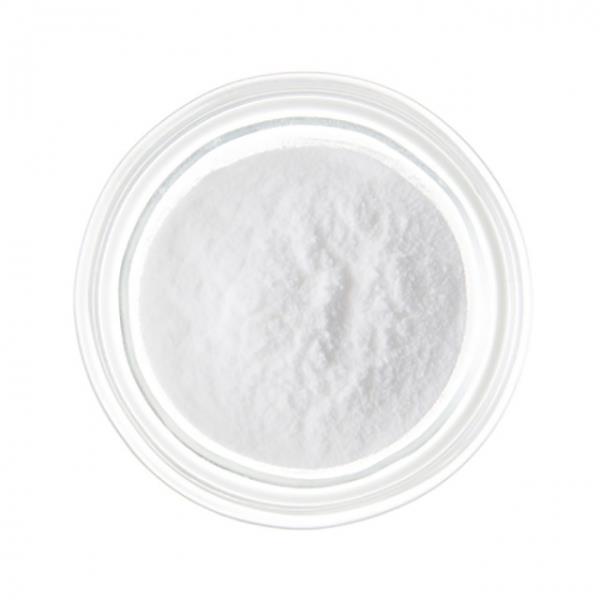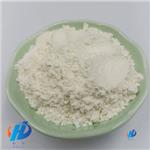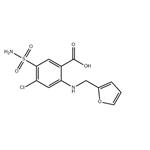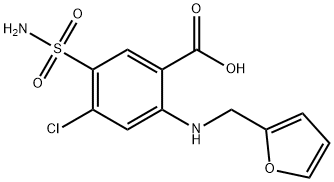Side effects of Furosemide
Furosemide is the diuretic of choice in acute pulmonary oedema or other states of fluid overload (e.g. cardiac, renal or liver failure). It reduces intravascular fluid volume by promoting a rapid, powerful diuresis even in the presence of a low GFR and also causes pulmonary vasodilatation. The later precedes the diuretic effect to produce rapid symptomatic relief of dyspnoea occurred.

In hypertensive patients, vasodilatation and preload reduction lead to a decrease in arterial pressure. A pproximately 96% of the drug is bound to plasma proteins, with a relatively low volume of distribution; it is therefore not filtered by the glomerulus but instead is excreted in the PCT. In hypoalbuminaemia furosemide is less bound to albumin. Instead it diffuses into tissues and has a resultant larger volume of distribution, necessitating a significantly increased dosage to elicit the same effects.
Metabolism
Metabolism and excretion into the GI tract contribute to about 30% of the elimination of a dose of furosemide. The remainder is excreted unchanged through glomerular filtration and tubular secretion. Impaired renal function affects the elimination process, but liver disease does not seem to influence this. The elimination half-life of furosemide is 1–1.5 h. Furosemide increases renal artery blood flow as long as intravascular fluid volume is maintained. It causes redistribution so that flow to the outer part of the cortex remains unchanged while inner cortex and medullary flow is increased.
It leads to an improved renal tissue oxygen tension, and though it may be of clinical benefit in the seeing of oliguric A KI to promote or maintain a diuresis to avoid fluid overload, it has no overall effect on duration or severity of AKI or the need for renal replacement therapy.
Side effects
Excessive doses of furosemide can lead to fluid or electrolyte abnormalities and ototoxicity. Severe hypokalaemia may precipitate dangerous cardiac arrhythmias, especially in the presence of high concentrations of digoxin. It may also enhance the effect of non-depolarising neuromuscular blocking drugs. Hyperuricaemia and prerenal uraemia may develop and may precipitate acute gout in a patient with pre-existing gout.
Furosemide may cause high intrarenal concentrations of aminoglycosides and cephalosporins; this may enhance the nephrotoxic effects of these drugs. This effect of furosemide is dose dependent, and continuous i.v. infusions may be used to reduce peak furosemide concentrations. Prolonged high blood concentrations of furosemide may have a direct toxic action, resulting in interstitial nephritis.
It may also cause transient or permanent deafness because of changes in the endolymph electrolyte composition. Bolus furosemide is usually administered intravenously (0.1–1mgkg –1) or orally (0.75–3mgkg –1). Intravenous furosemide is usually started as a slow 20–40mg injection in adults, and increased to effect, but higher doses or even an infusion may be required in the elderly, in patients with renal failure or severe congestive cardiac failure, or those in intensive care. Typical infusion doses used in ICU patients are 2–10 mg/h.
);You may like
Lastest Price from Furosemide manufacturers

US $15.00/kg2024-04-28
- CAS:
- 54-31-9
- Min. Order:
- 1kg
- Purity:
- 99.912%
- Supply Ability:
- 10ton

US $0.00-0.00/kg2024-04-28
- CAS:
- 54-31-9
- Min. Order:
- 1kg
- Purity:
- 99.0%
- Supply Ability:
- 1tons

